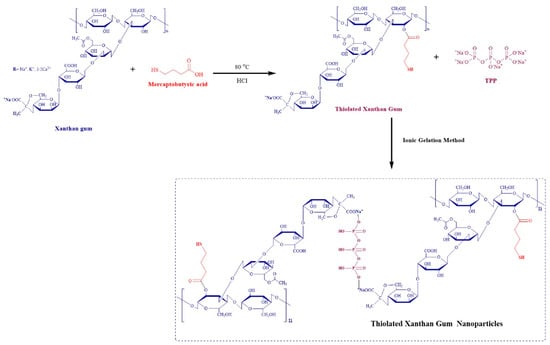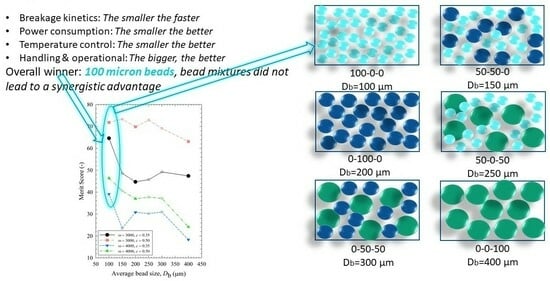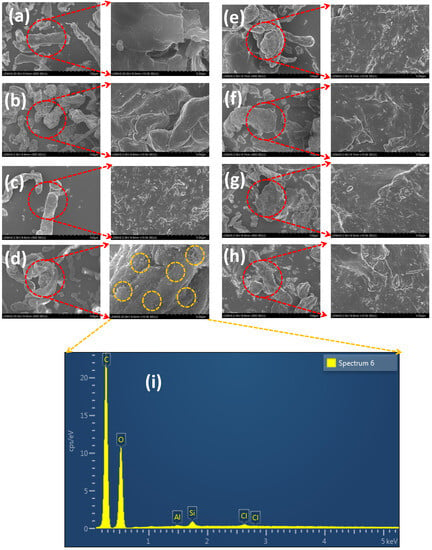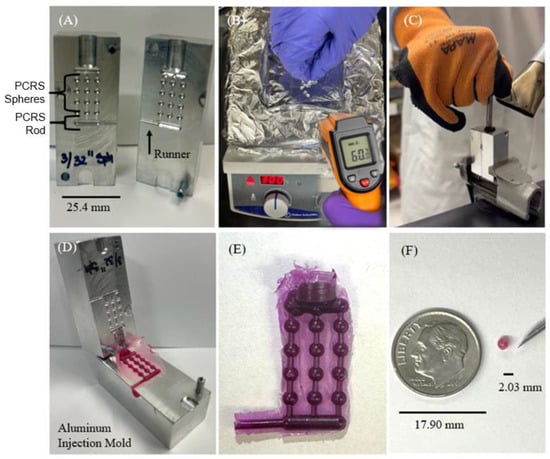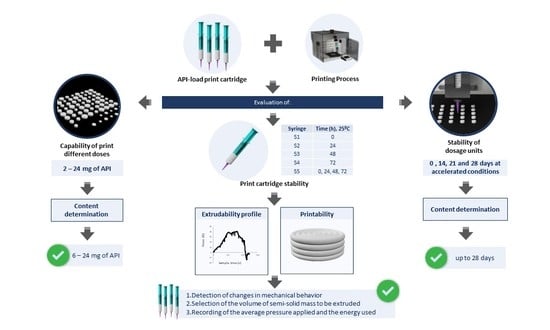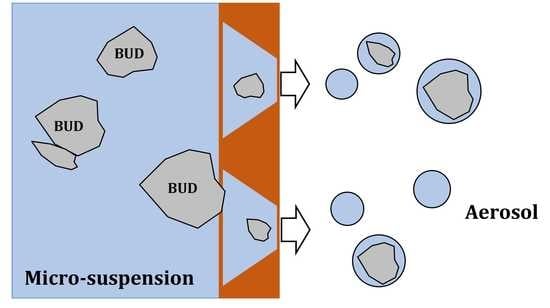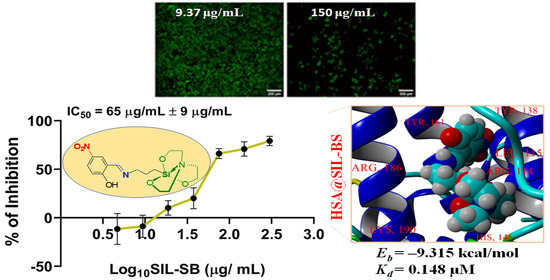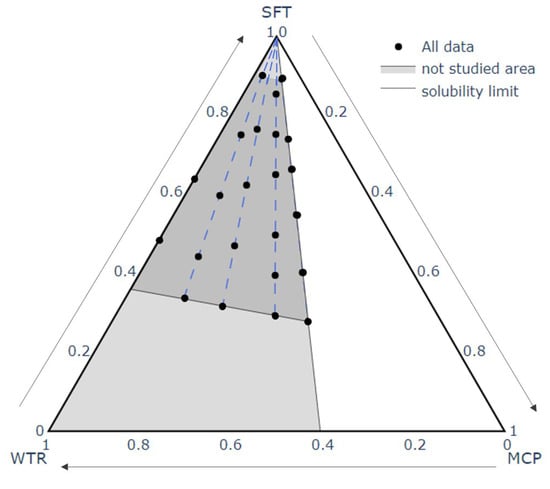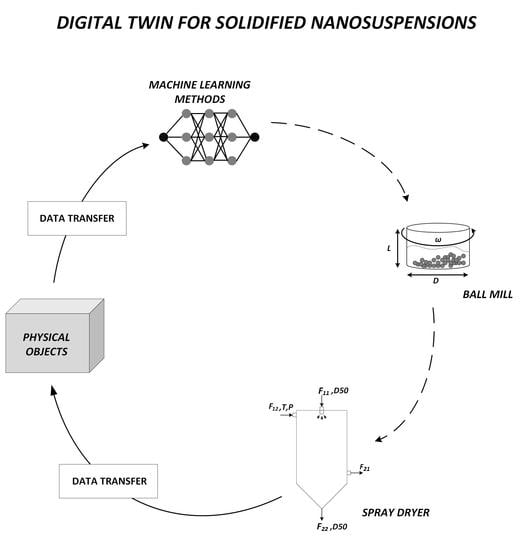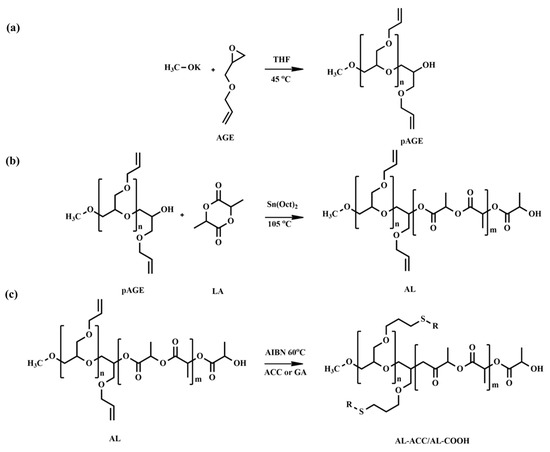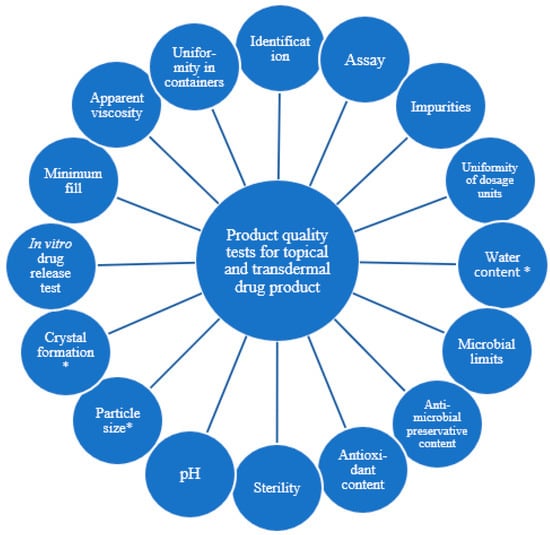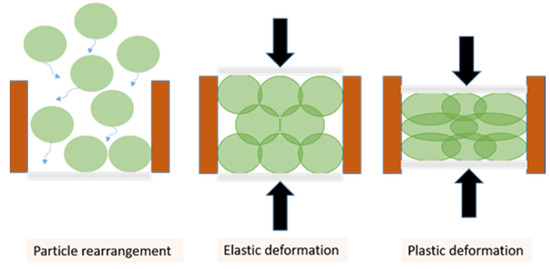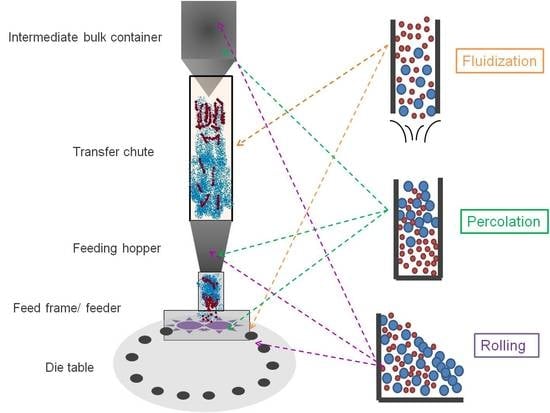Feature Papers in Pharmaceutical Technology
A topical collection in Pharmaceutics (ISSN 1999-4923). This collection belongs to the section "Pharmaceutical Technology, Manufacturing and Devices".
Viewed by 44354Editor
Interests: microencapsulation; nanoemulsions; biopharmacy; formulation; pharmaceutical engineering
Special Issues, Collections and Topics in MDPI journals
Topical Collection Information
Dear Colleagues,
Pharmaceutical technology is the discipline of pharmacy that deals with the process of turning a new chemical entity (NCE) or old drug into a medication to be used safely and effectively by patients. It is also called the science of dosage form design. There are many chemicals with pharmacological properties which need special measures to help them to achieve therapeutically relevant amounts at their sites of action by decreasing the side effects and undesirable effects. The pharmaceutical technology itself is directly linked to the formulation of drugs to their delivery and disposition in the body. Pharmaceutical technology deals with the formulation of a pure drug substance into an appropriate dosage form. To do this, appropriate pharmaceutical technologies have to be used, such as crystallization, freeze drying, dried granulation, and holt-melt granulation; physical pharmacy to improve the chemical stability of drugs; novel functionalities of excipients; materials selection and characterization; pharmaceutical process development; new drug delivery devices intended and appropriate for oral, ocular, parenteral, vaginal, rectal, and topical applications; new concepts to administer drugs in colloidal drug delivery systems; and pharmaceutical manufacturing.
Today, most drugs are administered as part of a dosage form. The clinical performance of drugs depends on their form of presentation to the patient. Therefore, the appropriate dosage forms is directly dependent of the processes used to design them. At present, several technologies are able to improve the bioavailability by the process itself. Therefore, these methods are very important and illustrate the importance of factors other than the composition of the dosage forms.
This Topical Collection aims to highlight the latest research activities using pharmaceutical technologies from all stages of the design and the development of a dosage form. We invite researchers to submit original research articles and reviews in this field.
Prof. Dr. Thierry Vandamme
Collection Editor
Manuscript Submission Information
Manuscripts should be submitted online at www.mdpi.com by registering and logging in to this website. Once you are registered, click here to go to the submission form. Manuscripts can be submitted until the deadline. All submissions that pass pre-check are peer-reviewed. Accepted papers will be published continuously in the journal (as soon as accepted) and will be listed together on the collection website. Research articles, review articles as well as short communications are invited. For planned papers, a title and short abstract (about 100 words) can be sent to the Editorial Office for announcement on this website.
Submitted manuscripts should not have been published previously, nor be under consideration for publication elsewhere (except conference proceedings papers). All manuscripts are thoroughly refereed through a single-blind peer-review process. A guide for authors and other relevant information for submission of manuscripts is available on the Instructions for Authors page. Pharmaceutics is an international peer-reviewed open access monthly journal published by MDPI.
Please visit the Instructions for Authors page before submitting a manuscript. The Article Processing Charge (APC) for publication in this open access journal is 2900 CHF (Swiss Francs). Submitted papers should be well formatted and use good English. Authors may use MDPI's English editing service prior to publication or during author revisions.






